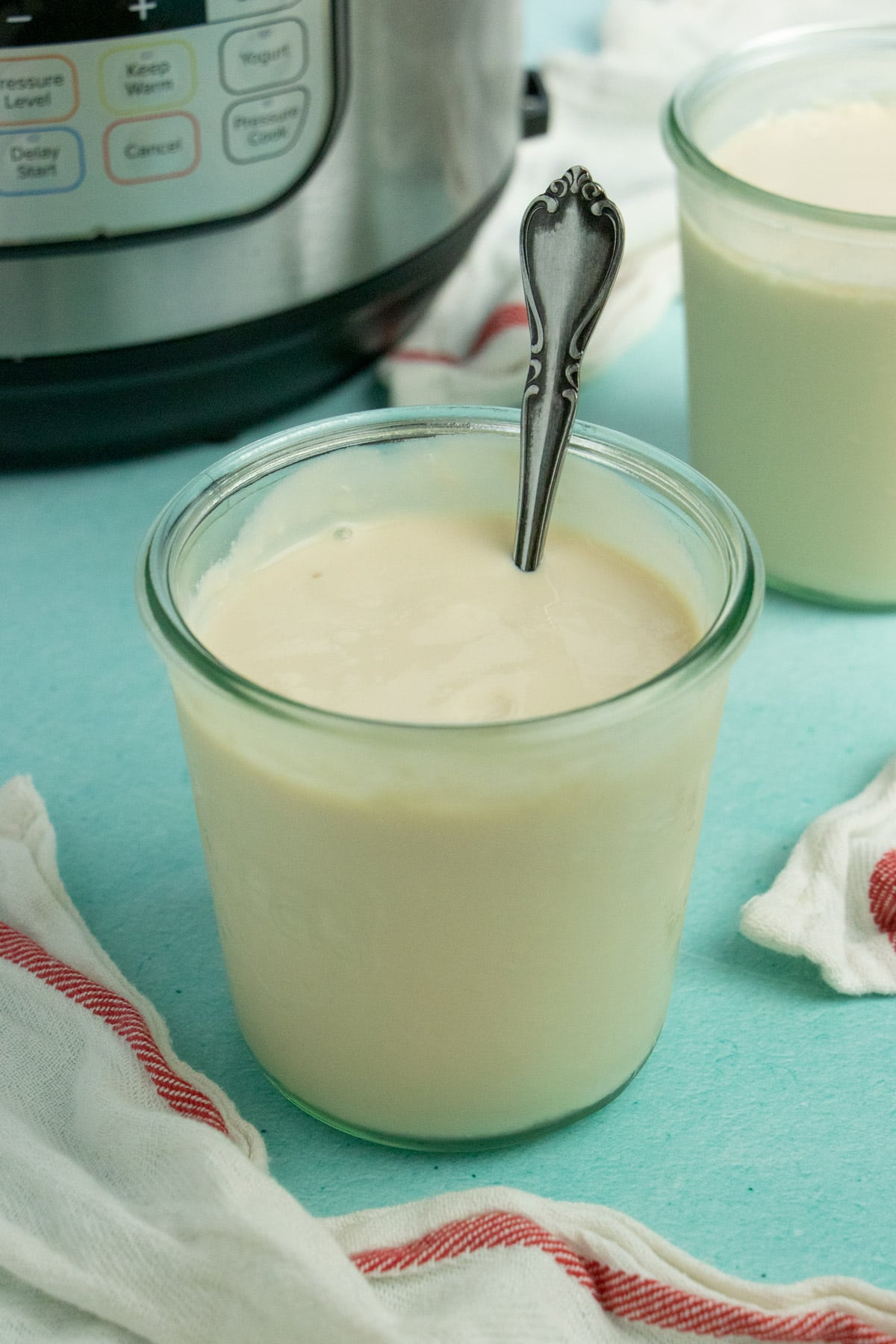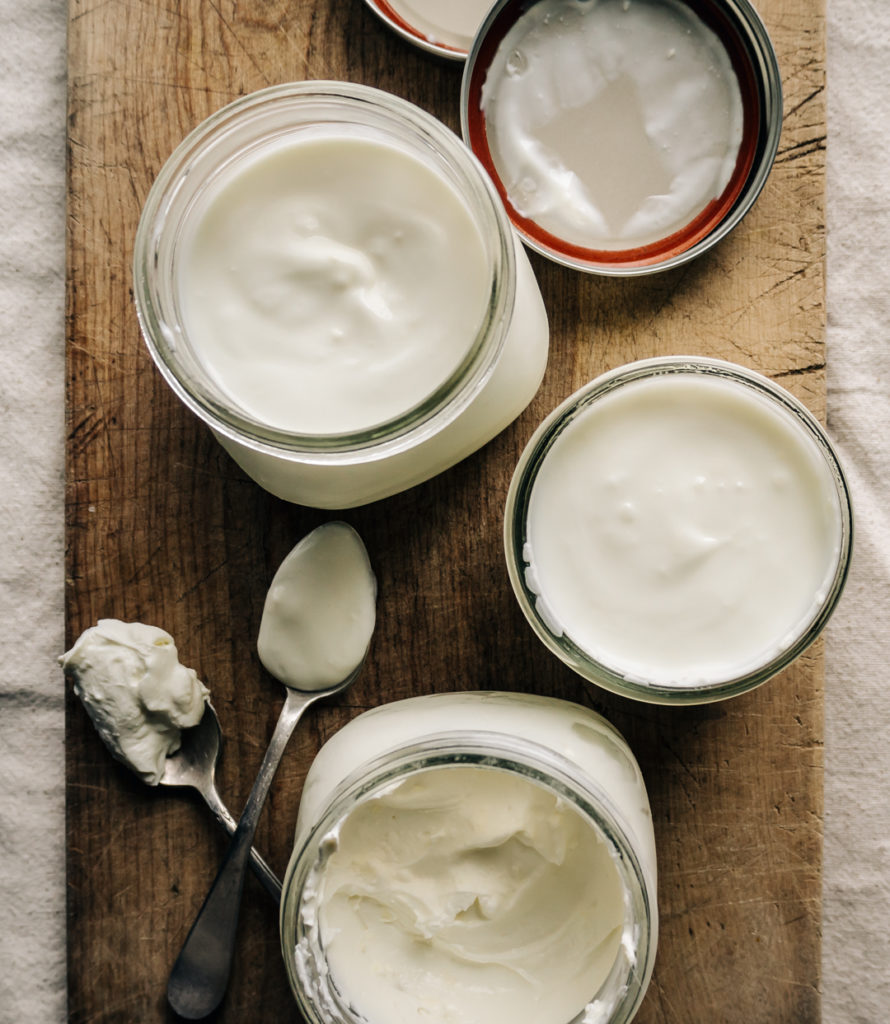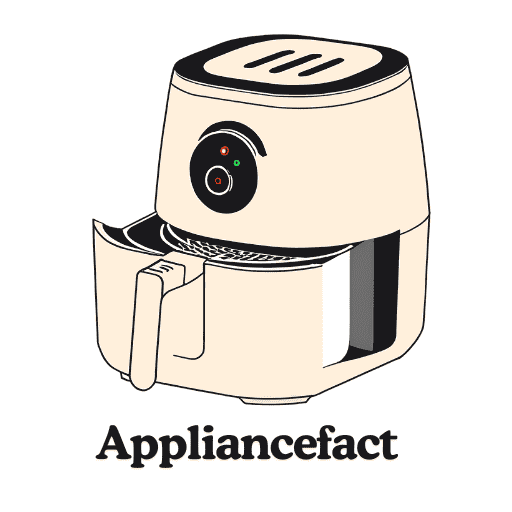If you’ve ever found yourself asking, “Why is my Instant Pot yogurt runny?” you’re not alone. Many home cooks encounter this issue, and it can be frustrating when your yogurt doesn’t turn out as thick and creamy as you’d hoped. But don’t worry, I’ve got you covered. In this post, we’ll explore the common reasons why your Instant Pot yogurt might be runny and how you can fix it. From milk preparation to incubation problems, we’ll dive into each step of the process to ensure your next batch is perfect.

Contents
Understanding the Basics of Yogurt Making
Before we delve into the reasons why your yogurt might be runny, let’s quickly go over the basics of yogurt making. Yogurt is essentially milk that has been fermented by beneficial bacteria. These bacteria consume the lactose in milk and produce lactic acid, which causes the milk proteins to coagulate and form yogurt. The key to successful yogurt making is creating the right environment for these bacteria to thrive.
The Role of Milk in Yogurt Making
The type of milk you use plays a crucial role in the final texture of your yogurt. Whole milk is often recommended for a creamier texture, but you can use low-fat or skim milk if you prefer. However, if you’re using the cold start method, it’s essential to use ultra-pasteurized milk. This type of milk has been heated to a higher temperature, which kills off any competing bacteria that could interfere with the yogurt-making process.
The Importance of a Good Starter
Your yogurt starter is another critical component. This can be a store-bought yogurt with live cultures or a yogurt culture packet. The starter contains the bacteria needed to ferment the milk. It’s important to use a fresh starter, as old or weak starters may not have enough active bacteria to properly ferment the milk.
Common Reasons for Runny Instant Pot Yogurt
Now that we’ve covered the basics, let’s look at some common reasons why your Instant Pot yogurt might be runny.
Milk Preparation Issues
Insufficient Heating
One of the most common reasons for runny yogurt is insufficient heating of the milk. The milk needs to be heated to 180°F to denature the proteins, which helps the yogurt set properly. If you skip this step or don’t heat the milk enough, the proteins won’t coagulate correctly, resulting in a thin yogurt.
Milk Type
As mentioned earlier, using the wrong type of milk can also lead to runny yogurt. For the cold start method, you must use ultra-pasteurized milk. Using other types of milk can result in a yogurt that doesn’t set properly.
Too Hot When Adding Starter
Another common mistake is adding the starter to milk that is too hot. If the milk is over 115°F when you add the starter, it can kill the beneficial bacteria, preventing proper fermentation and setting.

Starter Issues
Old or Weak Starter
If your starter is old or has lost its potency, it won’t be able to ferment the milk effectively. Always use a fresh starter well before its expiration date to ensure the best results.
Too Much Starter
It might seem counterintuitive, but adding too much starter can actually hinder the fermentation process. This can lead to thin or lumpy yogurt. Stick to the recommended amount for the best results.
Incubation Problems
Incorrect Temperature
The incubation temperature is crucial for successful yogurt making. It should be between 105-115°F. If the temperature is too low, the bacteria won’t ferment properly; if it’s too high, they can be killed.
Insufficient Incubation Time
While longer isn’t always better, you might need to incubate for an extended period to achieve the desired consistency. However, be cautious not to over-incubate, as this can make the yogurt more tart without making it thicker.
Over-Incubation
Conversely, incubating for too long can make the yogurt more tart but will not make it thicker. It’s important to find the right balance for your taste preferences.

How to Troubleshoot Runny Instant Pot Yogurt
If you’ve identified the potential cause of your runny yogurt, here are some troubleshooting tips to help you fix it.
Reheat and Add More Starter
If your yogurt is runny, you can try reheating the milk and adding a new batch of starter. This can help kickstart the fermentation process and improve the texture of your yogurt.
Strain the Runny Yogurt
If the yogurt is just a little thin, you can strain it through a fine-mesh sieve or cheesecloth to remove excess whey and achieve a thicker consistency. This is a simple and effective way to salvage a batch of runny yogurt.
Adjust Your Process
Review your entire process, ensuring all steps, especially the milk temperature for heating and cooling, are followed precisely for future batches. This can help prevent runny yogurt in the future and ensure consistent results.

Tips for Perfect Instant Pot Yogurt Every Time
Now that we’ve covered the common issues and troubleshooting tips, here are some additional tips to help you make perfect Instant Pot yogurt every time.
Use a Thermometer
A kitchen thermometer is an invaluable tool for yogurt making. It ensures that your milk reaches the correct temperature for heating and cooling, which is crucial for successful yogurt making.
Experiment with Incubation Time
The ideal incubation time can vary depending on your taste preferences and the specific conditions in your kitchen. Don’t be afraid to experiment with different incubation times to find the perfect balance for your yogurt.
Keep Your Instant Pot Clean
A clean Instant Pot is essential for successful yogurt making. Any leftover food particles or residue can interfere with the fermentation process, so be sure to clean your Instant Pot thoroughly before making yogurt.
Use Fresh Ingredients
Always use fresh milk and a fresh starter for the best results. Old or expired ingredients can lead to runny yogurt and other issues.

Frequently Asked Questions
Can I Use Non-Dairy Milk to Make Instant Pot Yogurt?
Yes, you can use non-dairy milk to make yogurt in your Instant Pot. However, the process may require some adjustments, such as adding a thickening agent like agar-agar or cornstarch. Be sure to follow a recipe specifically designed for non-dairy yogurt.
How Long Does Homemade Yogurt Last?
Homemade yogurt can last up to two weeks in the refrigerator. Be sure to store it in an airtight container to maintain freshness.
Can I Freeze Homemade Yogurt?
Yes, you can freeze homemade yogurt, but it may change the texture. Frozen yogurt is best used in smoothies or as a cooking ingredient rather than eaten on its own.
What Can I Do with Leftover Whey?
Whey is a byproduct of yogurt making and can be used in various ways. You can add it to smoothies, use it as a substitute for buttermilk in baking, or even use it to water your plants.
Conclusion
Making yogurt in your Instant Pot can be a rewarding experience, but it can also be frustrating when things don’t go as planned. By understanding the common reasons for runny yogurt and following the troubleshooting tips outlined in this post, you can achieve perfect yogurt every time. Remember to pay attention to milk preparation, starter quality, and incubation conditions for the best results. Happy yogurt making!
Read more

